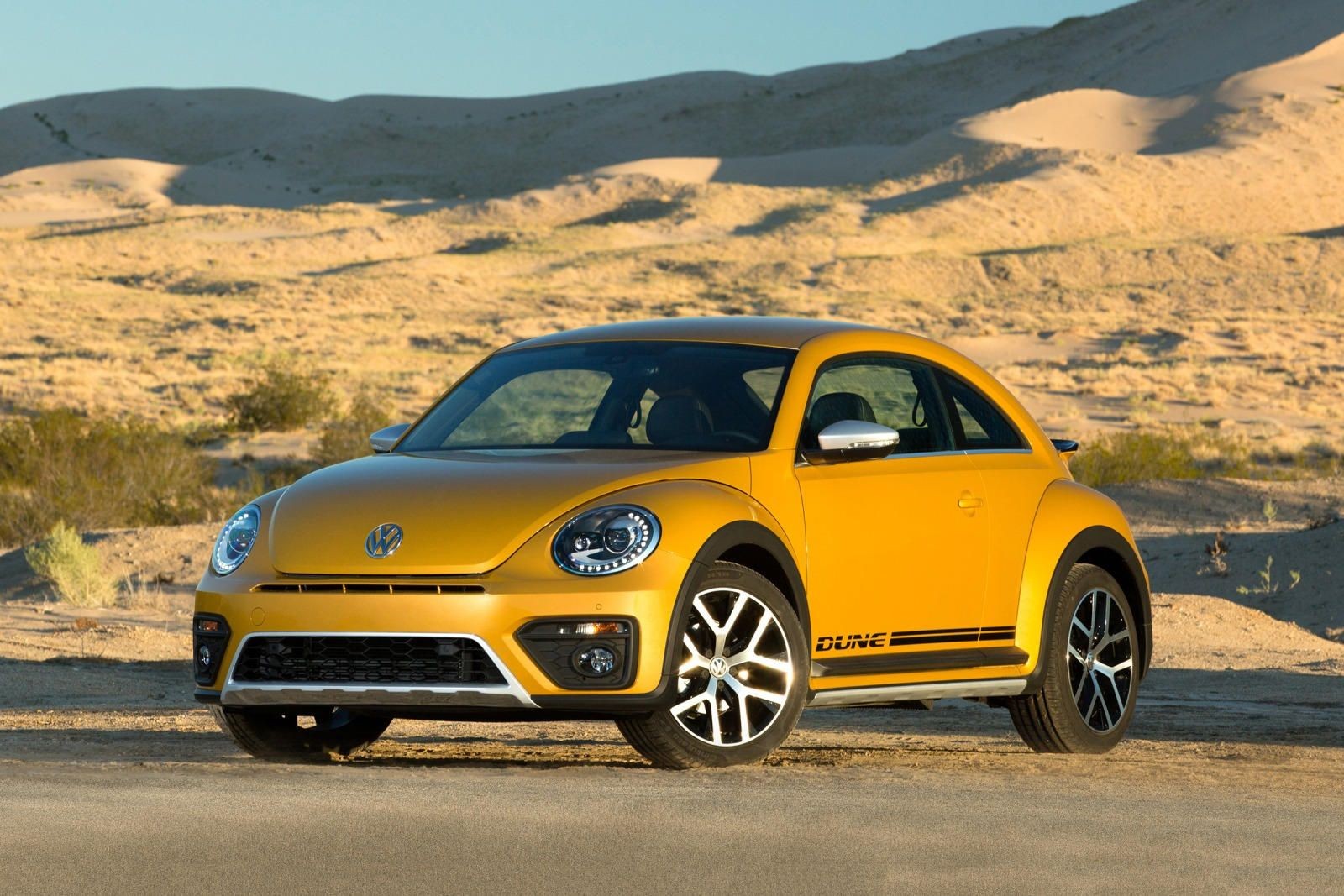American car culture has always had a soft spot for vehicles that resemble food, and while the Oscar Mayer Wienermobile and the Red Bull Mini Cooper are instantly recognizable, there’s another peculiar creation that often pops up in conversations: the Volkswagen Pea Car. This spherical microcar sparks curiosity and amusement, yet it’s often shrouded in misconceptions. The biggest of these? Despite its Volkswagen Beetle headlights and VW-esque styling cues, the Pea Car isn’t actually a Volkswagen at all.
In reality, this eye-catching vehicle is a fascinating concoction of parts from various automobiles, ingeniously designed to dramatically fall apart for a very specific purpose. Join us as we delve into the captivating story of the Pea Car, an automotive enigma that continues to fascinate car lovers and casual observers alike, exploring its origins, design, and the message it delivered.
The Genesis of the Pea Car: From Concept to Commercial Sensation
While many might mistake the Pea Car for an automotive concept dreamt up at a car show, its true origin is far more grounded in the world of advertising. It was conceived and brought to life as a promotional vehicle for Birds Eye, a well-known American frozen food brand. The imaginative minds behind this project were Matt Waller and Dave Monk from BBH London, a prominent advertising agency. Their initial concept resonated with Muriel MacCallum and Sofia Costa, the creative leaders at Birds Eye, who saw the potential in this unique vehicle for their marketing campaign.
Launched in 2005, the Pea Car became the centerpiece of a memorable marketing campaign designed to highlight the importance of healthy eating. The campaign aimed to contrast fresh produce, which can lose nutrients over time, with Birds Eye’s frozen foods, emphasizing how freezing locks in natural goodness and nutrients at their peak. The task of transforming this creative vision into a tangible, and deliberately fragile, reality fell to Asylum Models & Effects. Remarkably, they achieved this feat in just six weeks, turning the “Pea Car” from a cool idea into a vehicle ready to make a splash – and break apart – on screen.
Engineered to Disintegrate: The Pea Car’s Purposeful Self-Destruction
Weighing in at approximately 1,653 pounds, the Pea Car’s design was meticulously crafted to resemble a giant pea, visually reinforcing the campaign’s healthy eating message. The brilliance of the commercial, which you can easily find online, lay in its central gimmick: the Pea Car was built to break apart. As it journeys through picturesque countryside and into suburban streets, the car progressively sheds its body panels, piece by piece. This deliberate disintegration culminates in the Pea Car arriving at its destination as a bare frame on wheels, emerging from the back of a refrigerated truck.
This visual metaphor was powerful and clear. The pristine, fully-formed Pea Car emerging from the freezer truck symbolized how Birds Eye frozen peas, and other frozen foods, retain their nutrients from harvest to table. In contrast, the disintegrating car represented the nutrient loss that can occur in fresh produce during transportation and storage. The Pea Car’s structural weakness wasn’t a flaw; it was a key design feature. Its twelve body panels, including elements like the exhaust pipe, hubcaps, doors, rear bumper, sunroof, wing mirrors, and those iconic Volkswagen Beetle headlights, were all designed for easy detachment.
While Volkswagen headlights were a prominent feature, the Pea Car was a true Frankenstein creation in terms of parts. Lancia turn signals and aftermarket wing mirrors were also incorporated. Every other component, including the custom fiberglass body panels and the playful “Pea” license plate, was bespoke, created specifically for this unique, pea-shaped promotional vehicle. Finally, the car was finished in a vibrant green, Pantone 396c, to complete its transformation into a giant, rolling pea.
Under the Hood (and Pea Shell): The Mechanics of the Pea Car
Beneath its whimsical exterior, the Pea Car was built upon a heavily modified chassis of an off-road go-kart and powered by a reliable Honda engine. Despite having only a single gear, this quirky vehicle was surprisingly capable, reaching a top speed of 60 mph. Before any of the pea-shaped bodywork was added, the go-kart chassis was reinforced and modified to ensure stability and structural integrity, even after the body panels were designed to fall away.
For the filming of the advertisement, a professional stunt driver took the wheel, navigating the Pea Car along a closed-off road in the English countryside. The road closure was essential because, despite its Honda engine and go-kart underpinnings, the Pea Car was never intended to be street legal. With no doors and a body designed to detach, the driver was secured into a racing bucket seat that was directly bolted to the chassis, ensuring safety amidst the planned automotive disintegration.
The Pea Car’s Retirement: From TV Star to Museum Piece
After its starring role in the Birds Eye commercial and its subsequent fame, the Pea Car found a new home as a display piece at the Unilever Ice Cream and Frozen Foods Co in Walton on Thames. However, its journey didn’t end there. The Pea Car’s unique design and story led it to appearances in several prestigious galleries and museums, including the renowned National Motor Museum in the United Kingdom.
From its humble beginnings as a marketing tool, the Pea Car has transcended its original purpose, becoming a genuine icon in the automotive world. It stands as a testament to creative advertising and unique automotive design. More than anything, it serves as a fun reminder that sometimes, the most memorable cars are the ones that defy convention – and definitely aren’t always what they seem. And remember, despite the Volkswagen parts, the Pea Car remains definitively not a Volkswagen.
